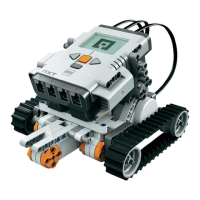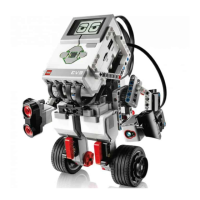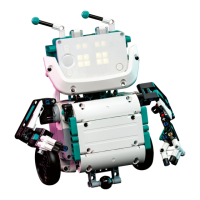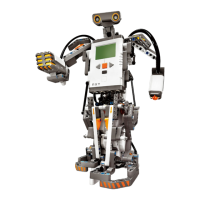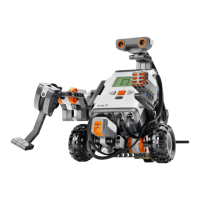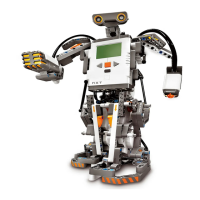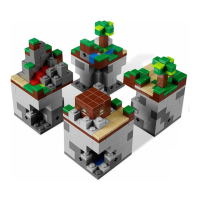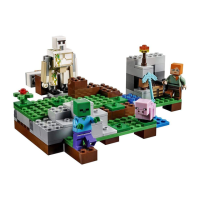A vibrant, inventive online community sprang up around MINDSTORMS robots. In some ways, this book is an introduction to the most important developments in that community—alternate
programming environments and advanced building techniques. But this book goes farther than that, painting a backdrop of the theories and practices of mobile robotics.
Page xii
Building and programming robots is exhilarating. It's fun to build something that moves and thinks, in a sense; at the same time, you're learning a lot about how things work, mechanically, and
how to write programs that can deal with the real world. This book is designed to take you to the next level of building and programming, all in the spirit of fun and learning.
This book's chapters come in two basic flavors. Five chapters have robot projects, complete with building instructions and programs. Four chapters describe various programming environments for
LEGO MINDSTORMS robots, including code examples and debugging tips. The first and last chapters don't fit in either category.
Here's a description of each chapter in this book:
Chapter 1, Robotics and MINDSTORMS, introduces the field of mobile robotics and describes how the LEGO MINDSTORMS Robotic Invention System fits in the larger picture of the field.
Chapter 2, Hank, the Bumper Tank, is the first building project—a tank-style robot that avoids obstacles in its path. This chapter discusses basic mechanical features like gears and bumpers.
Chapter 3, Trusty, a Line Follower, covers a slightly trickier robot—a line-follower. It uses a light sensor to follow a black line on the floor.
Chapter 4, Not Quite C, introduces the Not Quite C (NQC) language. NQC is an excellent environment for programming robots. The chapter includes descriptions of NQC's functions as well as
many examples.
Chapter 5, Minerva, a Robot with an Arm, contains another building project—by far the most complex robot in the book. You'll learn about directional transmissions and other neat stuff.
Chapter 6, pbFORTH, discusses an innovative programming environment based on a language called Forth.
Chapter 7, A Remote Control for Minerva, is another project-based chapter. Using a second robot kit, you can build a remote control for the robot from Chapter 5.
Chapter 8, Using Spirit.ocx with Visual Basic, talks about how to control and program your robots using Microsoft's Visual Basic.
Chapter 9, RoboTag, a Game for Two Robots, shows how to create a pair of robots that play tag.
Chapter 10, legOS, discusses legOS, a programming environment that enables you to program your robots with C, C++, or assembly code.
Chapter 11, Make Your Own Sensors, describes how you can build sensors for your robots easily and inexpensively.
Page xiii
Appendix A, Finding Parts and Programming Environments, describes various parts you can get to expand your RIS set and where to find them. It also includes a summary of the programming
environments that are available for RIS.
Appendix B, A pbFORTH Downloader, contains the source code for a program that downloads Forth code to your robots. It's a supplement to Chapter 6.
Appendix C, Future Directions, describes some interesting emerging technologies related to LEGO robots. These are ideas or projects that weren't fully baked as this book went to press.
About the Examples
Versions
This book covers a handful of rapidly evolving technologies. The versions used in this book are as follows:
RCX
Version 1.0
NQC
Version 2.0b1

